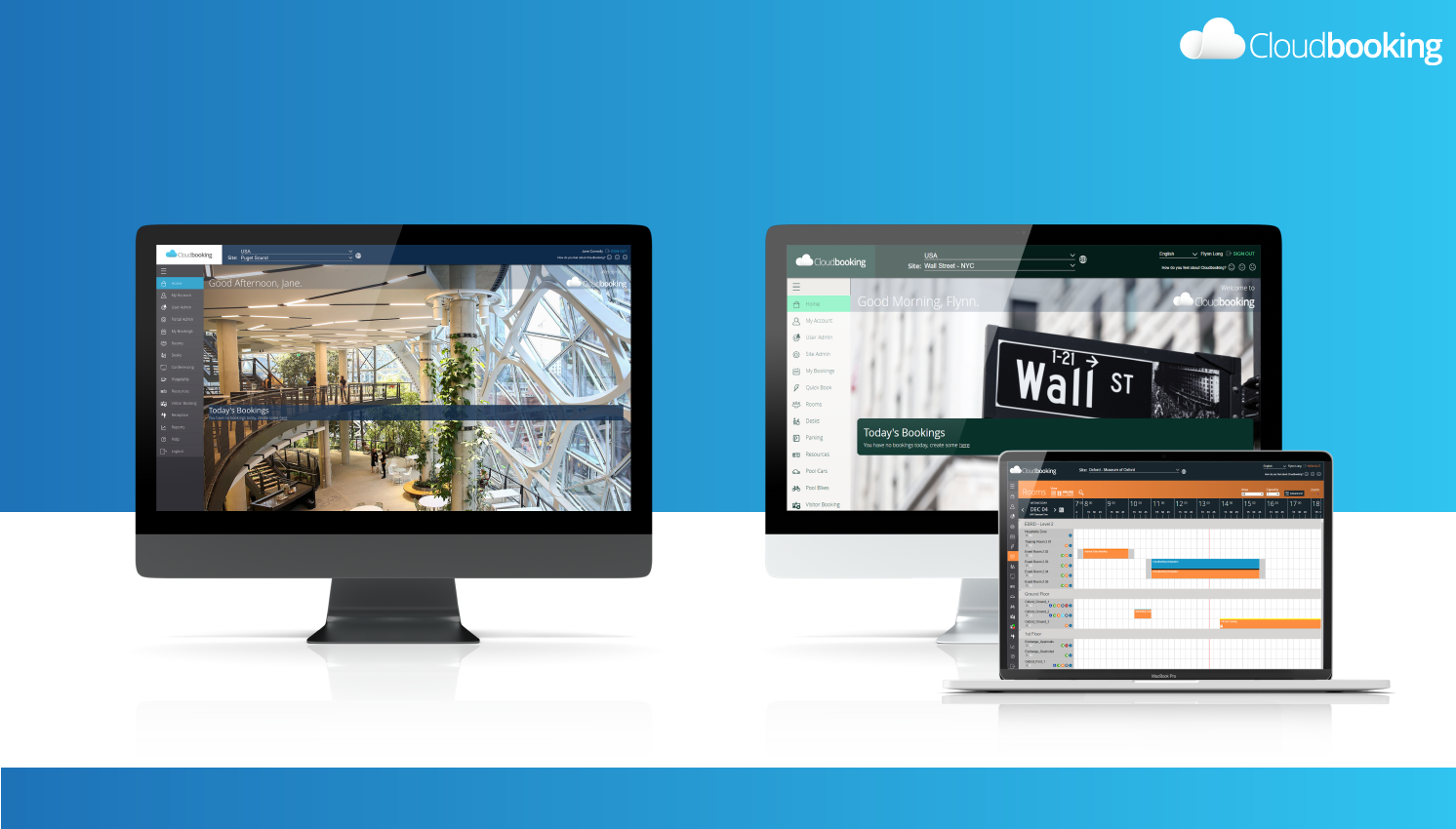
As remote work has become increasingly popular, many companies are now implementing a hybrid working environment that combines remote and in-person work. However, to ensure success within these new work environments, it is imperative to invest in an effective onboarding process that covers remote and office-based employees.
A successful remote onboarding process should cover remote culture building and collaboration processes, virtual team introductions, remote onboarding best practices, and other strategies for remote success. Hybrid teams must be satisfied with the onboarding process during remote and in-person experiences to ensure maximum productivity.
An effective onboarding program can help hybrid teams adjust to remote working quickly and effectively to reach their desired goals. Here’s what you need to know to create the most successful onboarding process for hybrid workers.
Related reading: The Hybrid Working Model: What Is It and Can It Work?
Tailored onboarding experiences
One of the problems facing modern employees is that despite the shift to remote work, most organisations haven’t made any changes to their workplaces to adapt to this new way of working. As remote and hybrid workforces are becoming increasingly commonplace, the importance of a successful onboarding process is greater than ever. To ensure that remote and hybrid employees feel supported, understood, and valued throughout the onboarding process, organisations should consider tailoring their hybrid onboarding strategy to their specific needs.
This could involve taking into account different job roles and remote team dynamics so that remote employees feel fully integrated into the organisation’s working environment. By tailoring the remote onboarding process to the individual organisation’s preferences, remote staff can understand what it means to be part of the team in that specific hybrid working environment.
Through effective remote onboarding processes tailored to an organisation’s unique needs, businesses can ensure that all their hybrid workers have the best possible experience and are, therefore, more likely to settle in successfully.
Related reading: What Are the Differences Between Agile, Hybrid & Flexible Working?
Identify goals and objectives
As the popularity of hybrid working continues to rise, making necessary changes to the onboarding process is critical. The goals and objectives of the process should be identified as early in the design of the onboarding roadmap as possible. The goal is to ensure that it meets both the needs of your organisation and those of your new employees.
This is essential as it sets the foundation for a smooth transition into their new roles and supports employee engagement, morale, productivity and overall success with your remote workforce.
Identifying these goals and objectives also sets boundaries on remote onboarding practices, ensuring that remote employees are treated equally to their in-office counterparts. With the right remote onboarding plan in place to meet everyone’s needs, organisations can effectively welcome remote hires into their culture.
Related reading: A Guide to Remote Work Cyber Security for Hybrid Teams
Determine the timeline
Establishing the timeline for the onboarding process is essential to ensure a remote or hybrid working environment runs as smoothly and efficiently as possible. Successful onboarding requires an organised strategy that covers tasks such as organising equipment, and IT accounts, distributing paperwork, providing office tours (if applicable) and scheduling remote/onsite training.
Careful planning of these tasks through a well-defined timeline will help ensure your remote or hybrid working environment runs at its optimum peak right from the start.
Plan the content
Creating a remote onboarding strategy requires considering different aspects of the new hire’s experience to ensure a successful onboarding process. This could include remote meetings with team members and managers, virtual training sessions, and cultural orientation activities.
Taking into account remote working within a hybrid environment adds a layer of complexity when planning content for the onboarding process. Balance is the key to ensuring hybrid remote onboarders gain the right amount of familiarity and comfort in their new roles. Planning content with this in mind should drive each organisation’s remote onboarding processes forward towards success.
Related reading: What Will the Modern Employee Experience Look Like in 2023?
Assign a primary point of contact
A critical component of this process is assigning a primary point of contact for each new employee. This puts a friendly face to the remote experience and also provides an avenue for new team members to ask questions and better understand their role within the company.
Having a single dedicated point of contact provides clarity and supports efficient remote onboarding processes, creating the best possible environment for successful integrations into any organisation.
Set up a system for tracking progress
In remote and hybrid work environments, it’s more important than ever to have a system for tracking progress during onboarding to create a successful onboarding process. This system may include regular check-ins with new employees and tracking any tasks that need to be completed for them to hit the ground running.
Feedback should also be gathered at various points in the onboarding timeline so that areas of improvement can be identified and acted on quickly. Doing this will ensure that remote teams are performing at their best.
Provide ongoing support
Onboarding new employees doesn’t end on their first day of work. To ensure a successful onboarding process, providing ongoing support and resources in remote or hybrid working environments is important. This could include remote check-ins, training opportunities, and professional development materials.
Regular updates on team progress and any significant organisational changes can also help new employees feel more integrated into their new environment. By providing ongoing support, companies can maximise efficiency and productivity in a remote or hybrid working environment, ensuring a smoother transition for new employees over time.
Related reading: What’s the Secret to Work-From-Home Productivity?
Review and update
Regularly reviewing and updating the onboarding process, then making changes based on feedback from new employees, is essential for engaging and satisfying modern new hires.
Employers should take the time to evaluate their existing system as part of regular hybrid employee engagement. Doing so will ensure that you’re providing new hires with all the tools they need to succeed and grow in your organisation, furthering its success for years to come.
A successful onboarding process is essential in a hybrid work environment, especially when remote onboarding is involved. A well-planned and strategic onboarding process smooths out the transition from the remote hiring process to remote and hybrid working. It helps new remote hires build a strong sense of belonging within the organisation and understand their employer’s culture, mission and values.
Related reading: The Future of Work: 8 Trends in Workplace Transformation Report
Is your hybrid onboarding process delivering?
An effective remote onboarding program encourages remote workers to join in with remote team-building activities that introduce colleagues, bridge gaps between remote teams, and facilitate smoother communication between them. A successful onboarding process creates an inclusive working atmosphere that allows all remote employees to achieve greater productivity in their roles by fostering camaraderie between workers.
Onboarding and integrating remote, hybrid, or new joiners into a business is no longer linear. It’s an ongoing cycle which needs to be continually revised. Remote onboarding has unique challenges, for example, ensuring remote workers have the necessary technology and systems to work productively.
Organisations must review their existing processes to create a successful onboarding process as they transition into a hybrid working environment. By regularly updating onboarding procedures, businesses can ensure they are taking steps towards having an organised and effective remote workforce who feel fully engaged with the team.


